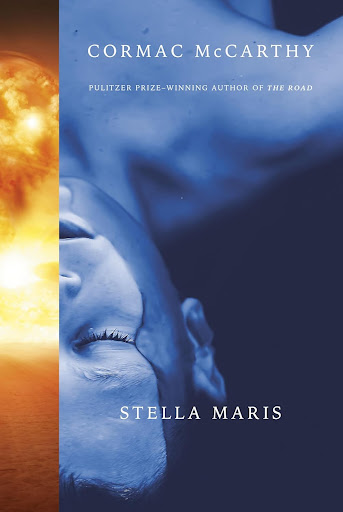Week 15 Prompt Response: Marketing a Fiction Collection
One thing I've been gradually learning about marketing is that it involves finding a balance between several things. First, there's the balance between marketing less used (or lesser known) materials and services, and increasing awareness and accessibility of materials/services that are already popular. Then there is the balance between marketing to already active users of the library, and groups that are not active users. Since it's not usually feasible to try to reach all of these goals at once, it can be tricky to decide how best to spend the time and resources required for marketing. Keeping this in mind, two of my three strategies for marketing my library's fiction collection would probably be focused on reaching active library users, and making them more aware of books that are lesser-known but likely to be popular. The library where I currently work has quite a big collection, but very low circulation, and most of our patrons are young adults, teens, and children...


